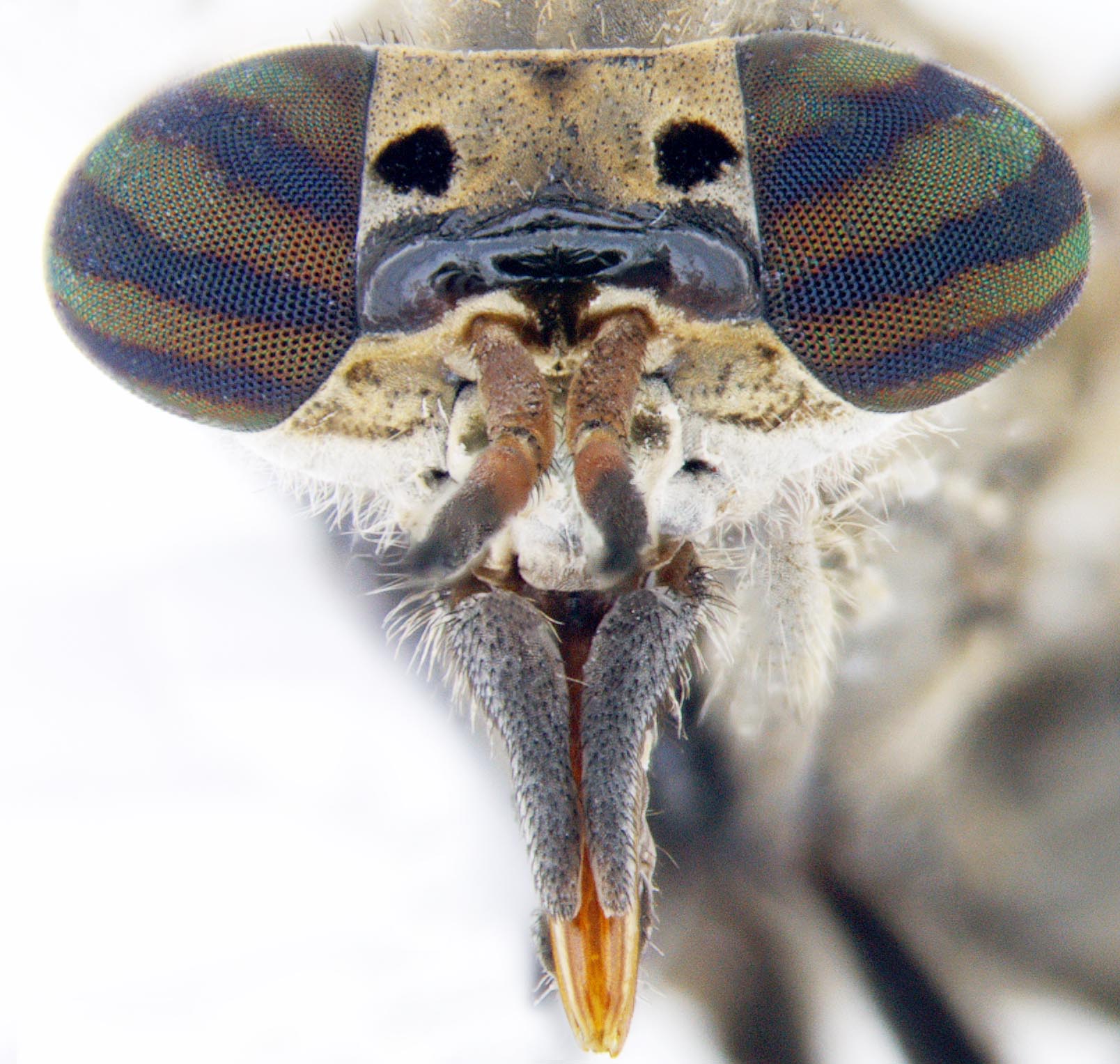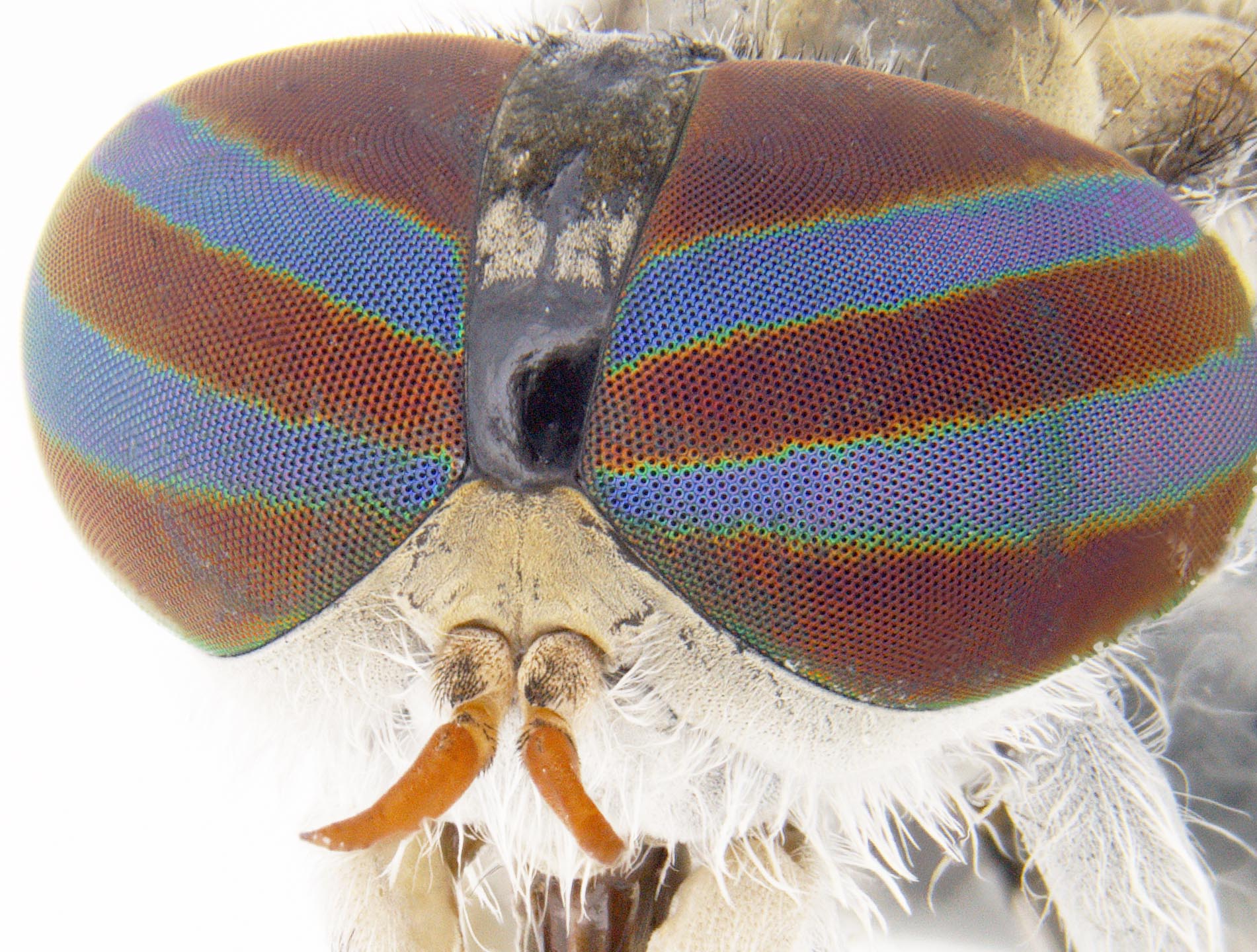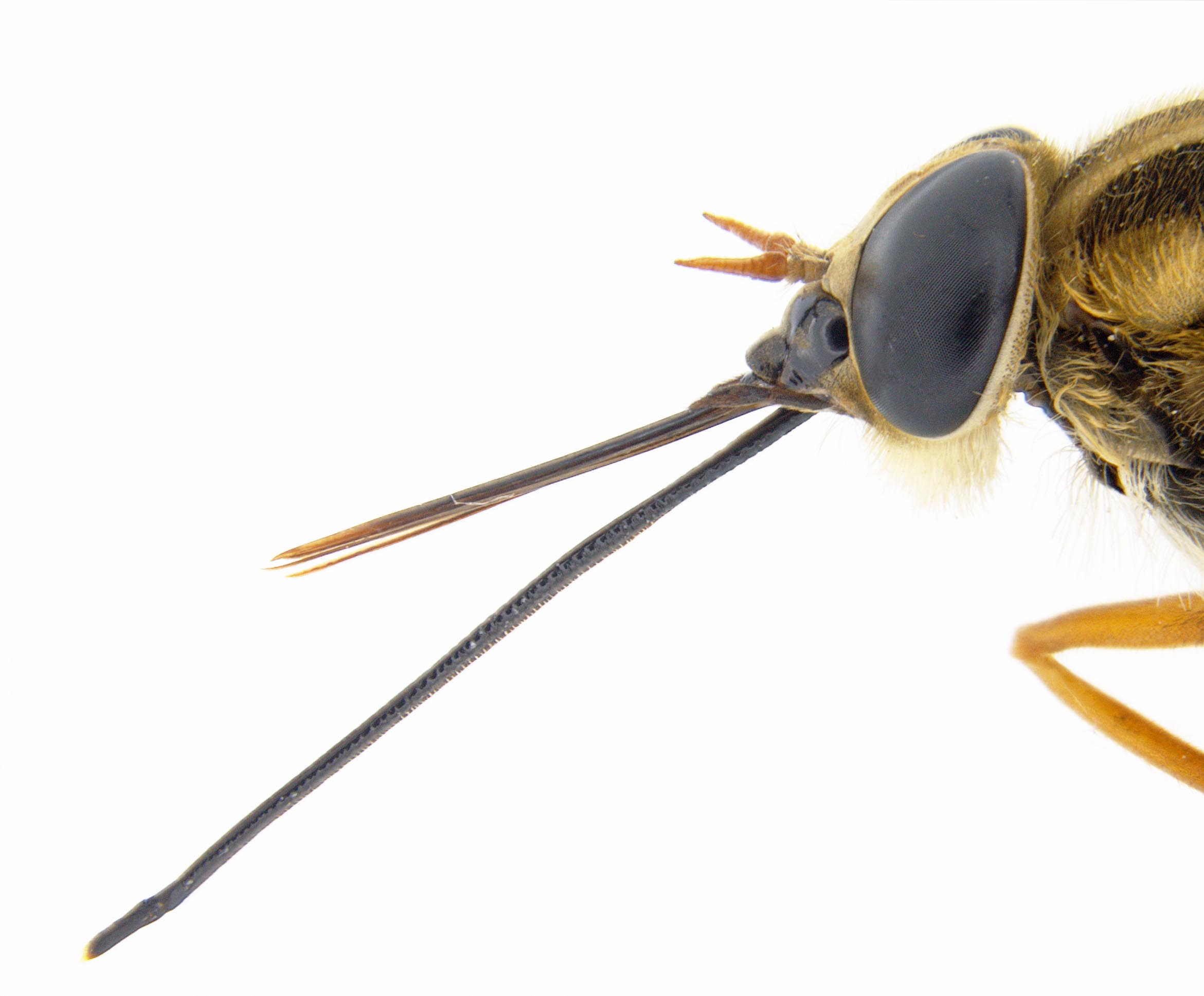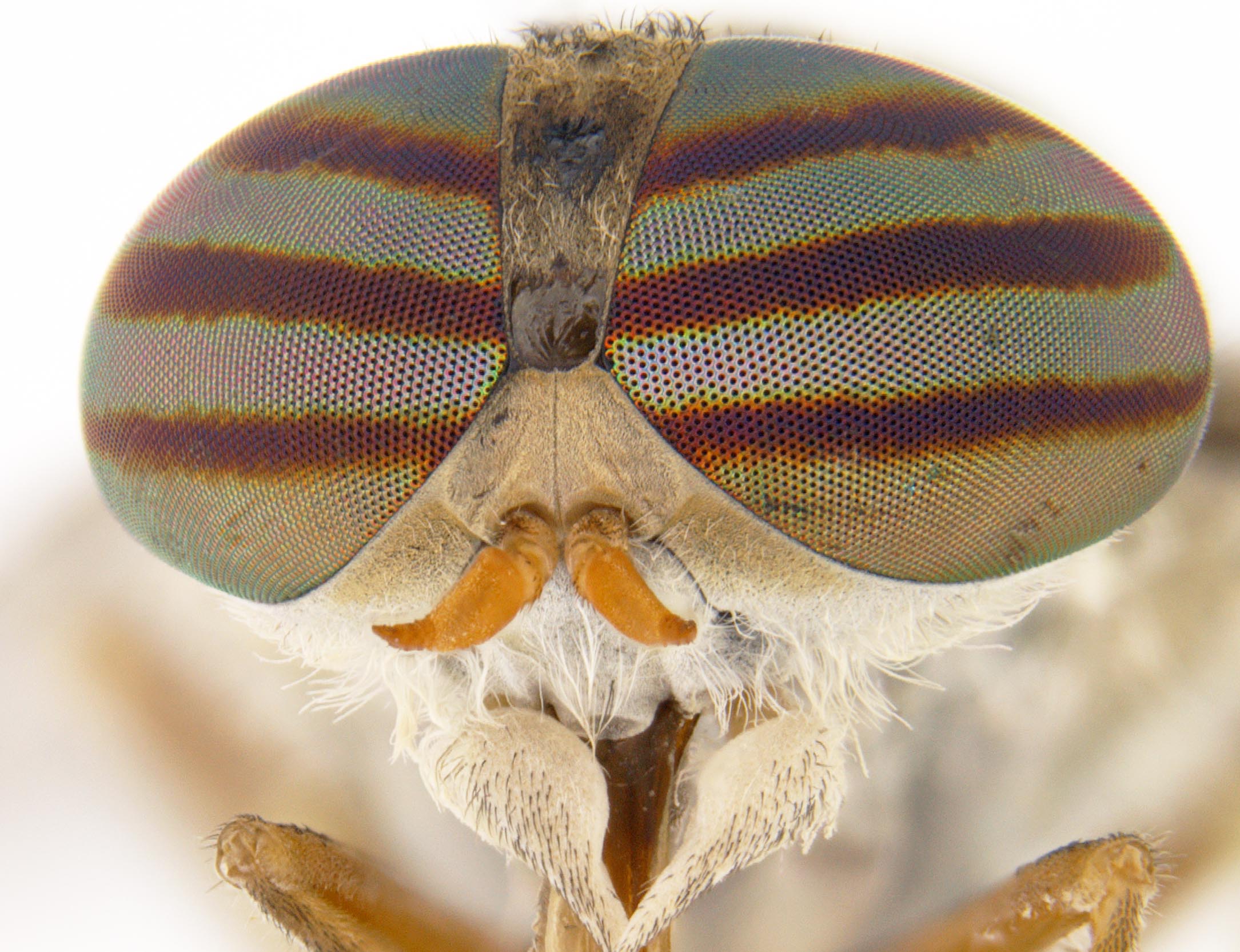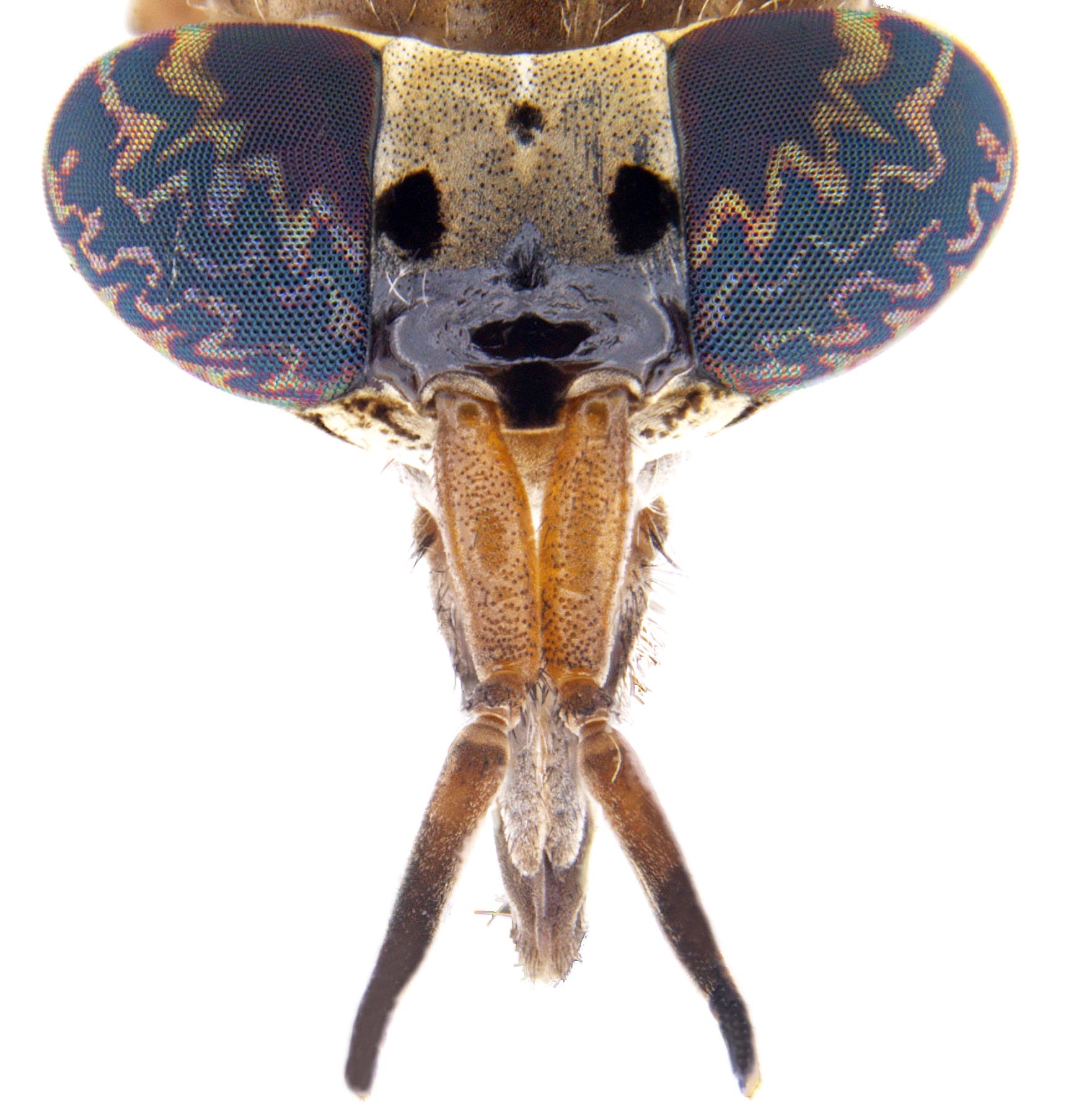Introduction
Tabanidae (horse flies, deer flies and clegs) are a cosmopolitan family belonging to the superfamily Tabanoidea, suborder Brachycera, and comprising about 4434 species within 156 genera (Pape et al., 2011). It is one of the largest groups of blood-sucking pests that attack domestic and large wild animals as well as humans (Altunsoy & Kiliç 2012). They are stout bodied, medium to large in size (5−33 mm length) and swift fliers. Adults of both sexes feed on nectar and pollen of flowers, honeydew or on plant juice. Most of the females suck blood from vertebrate animals and transmit pathogens among them. They are found all over the world. In India, they are common during rainy season. Most of the females require blood protein for the completion of at least the second and subsequent gonotrophic cycles. Larvae are carnivorous, feed on small soft bodied arthropods, worms, snails. Tabanid flies are facultative haematophagous ectoparasites and are of veterinary and medical importance. They are notorious pests of livestock and wild animals and have major economic impact on the livestock production worldwide.
